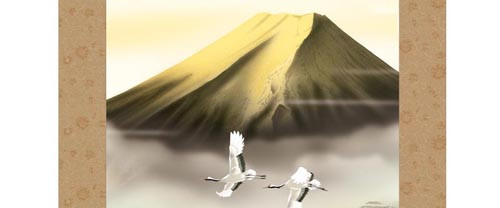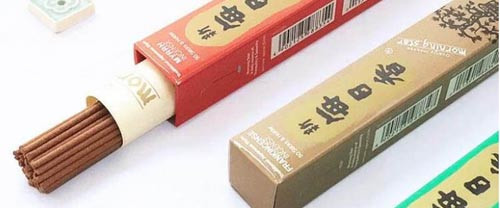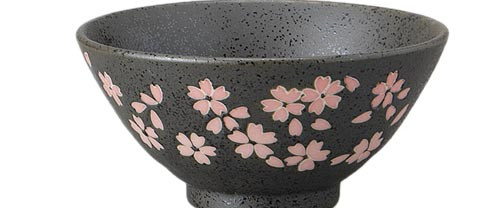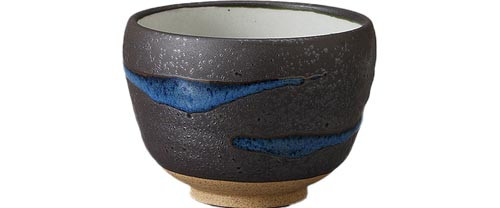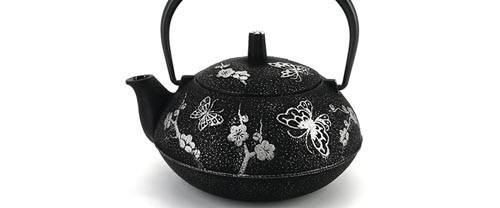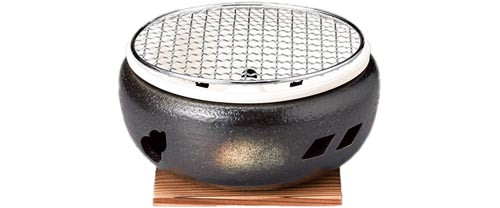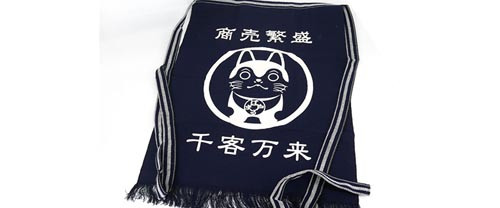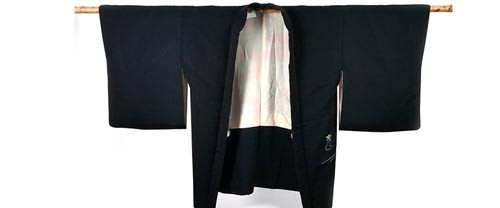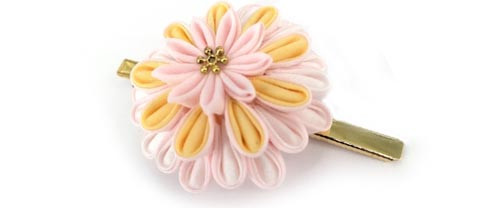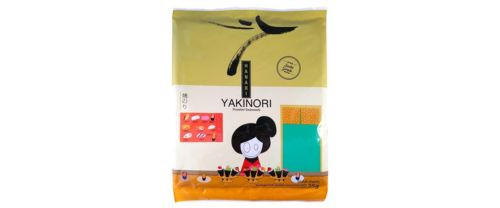Hasui Kawase

Hasui Kawase, whose real name is Bunjirô Kawase, was born in 1883 in the Shiba district of Tokyo, into a family of merchants. Her father owned a silk business, and her mother was the sister of the writer Kanagaki Robun, famous for his kabuki plays. This proximity to the world of theater influenced Hasui, who produced portraits of artists and stage sets in the 1920s. He spent a large part of his childhood in Shiobara, north of Tokyo, with an aunt. His interest in landscape art was born during these stays, and he began to take an interest in drawing and painting during an illness. He took drawing lessons from Aoyagi Bokusen and Araki Kanyu. From 1897 to 1899, he studied with professor Kawabata Gyokushô, before taking over the family business. It is only in 1908, when the business is taken over by a member of his family, that he starts studying again. He first studied western art, mainly landscape, with Okada Saburôsuke. He exhibited for the first time at the age of 19. Then from 1910 he followed the teaching of Kaburagi Kiyokata after having failed to enter his studio a first time. Kiyokata gave him his artist's name, Hasui Kawase, which means "water gushing from a spring". His works are signed "Hasui" or "sui". In Kiyokata's studio, Hasui befriended Itô Shinsui, whose Eight Views of Omi inspired him and directed him towards woodcutting. The artist who had the greatest influence on him was Imamura Shiko.
Hasui first made a living from his illustrations for magazines and designs for the textile industry. In 1918, Hasui began a long collaboration with the printer Watanabe Shôzaburô, whom he met through Kiyokata. From that time on, Hasui devoted himself to drawing landscapes, which were then printed by Watanabe. He occasionally worked for other printers. Watanabe was the most important printer of shin-hanga prints and Hasui's career took off.
Many of Hasui's works were lost in the Kanto earthquake of 1923, which destroyed Hasui's house and Watanabe's studio. Hasui resumed his creations in spite of everything, and in 1924, Watanabe having offered him a trip, he published a new series of landscapes. Their collaboration lasted until Hasui's death from cancer on November 7, 1957.












